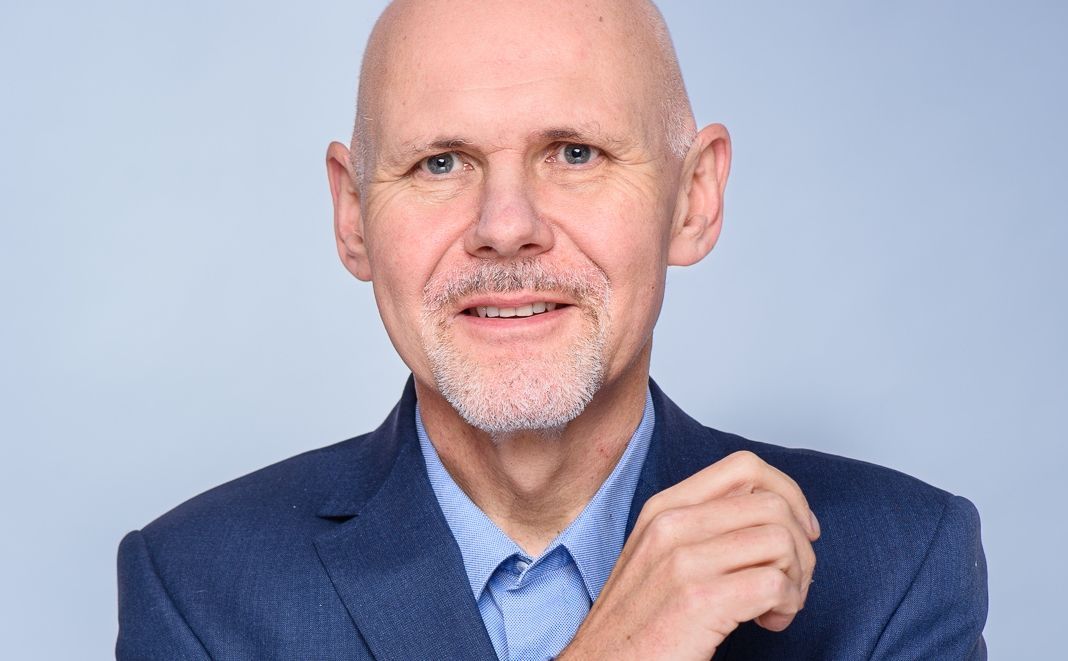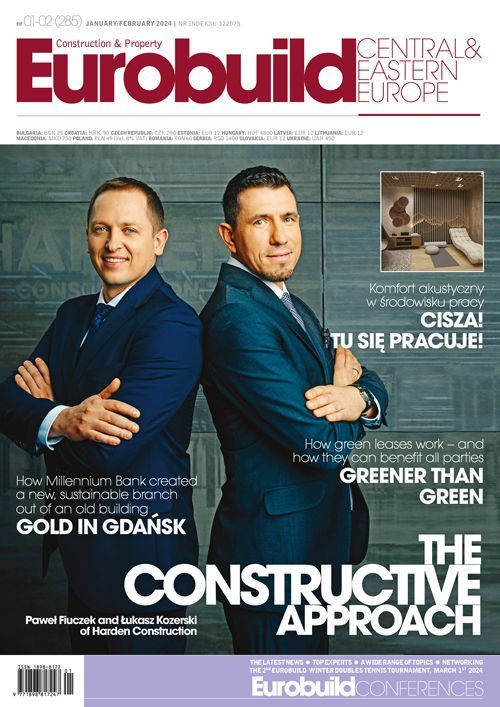How come a private equity investor that does business in the Baltics is now involved in renovating schools and social housing in Poland?
Maciej Kopański, partner of the Baltcap Infrastructure Foundation: To answer that I have to go back to 2017, when, with the help of the European Investment Bank, BaltCap set up its Infrastructure fund to implement the EIB’s policies. The need for investment in the Baltics is huge, including for small-scale local projects. The EIB is only directly involved in big projects, but the bank became the biggest investor in the fund and we were also able to invite private institutions to join us, such as pension funds that were also present in the Baltics. The BaltCap Infrastructure I Fund (BInF I) managed to raise over EUR 100 mln with a mandate to invest in the Baltics and Poland over a 20-year period. In the Baltics, most of our investment is in renewable energy, including both solar and wind farms as well as biomass electricity generation. But we































































